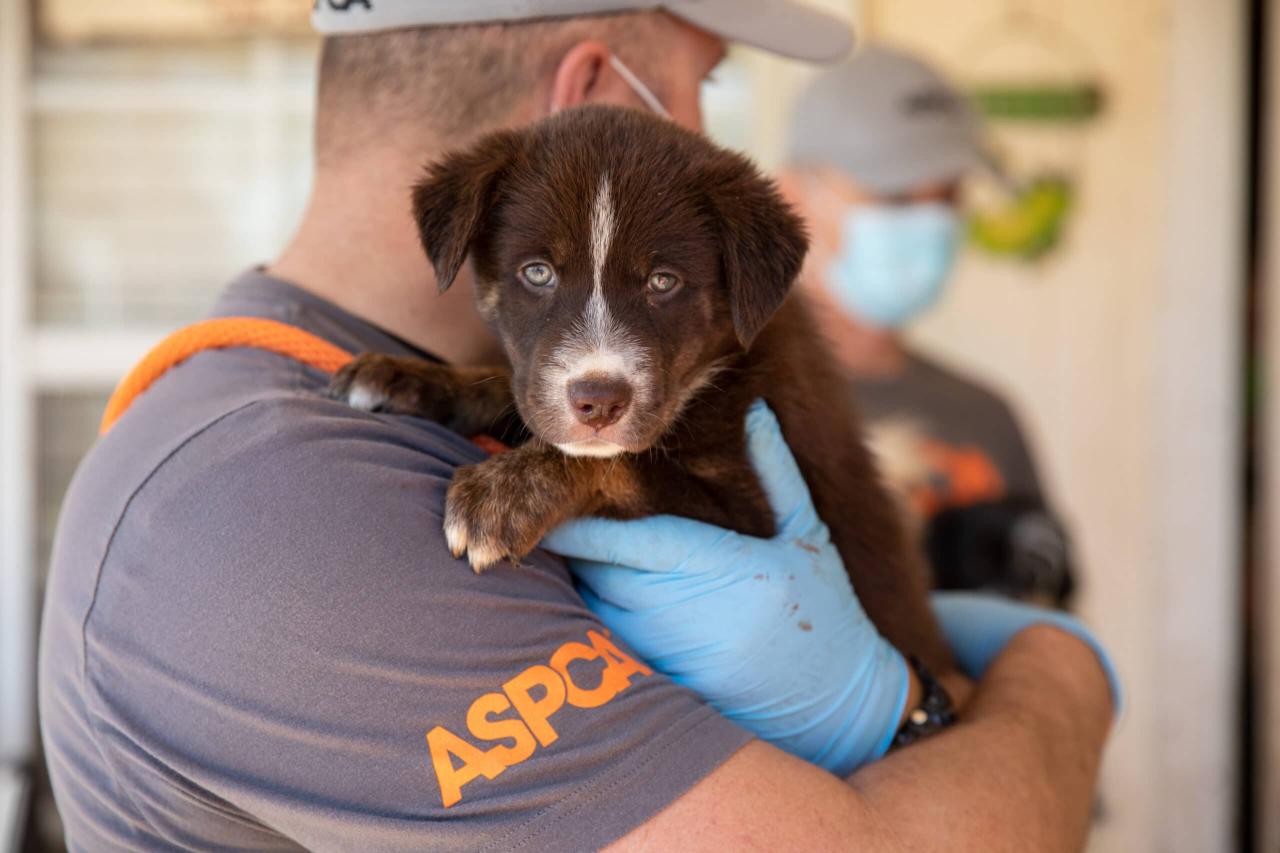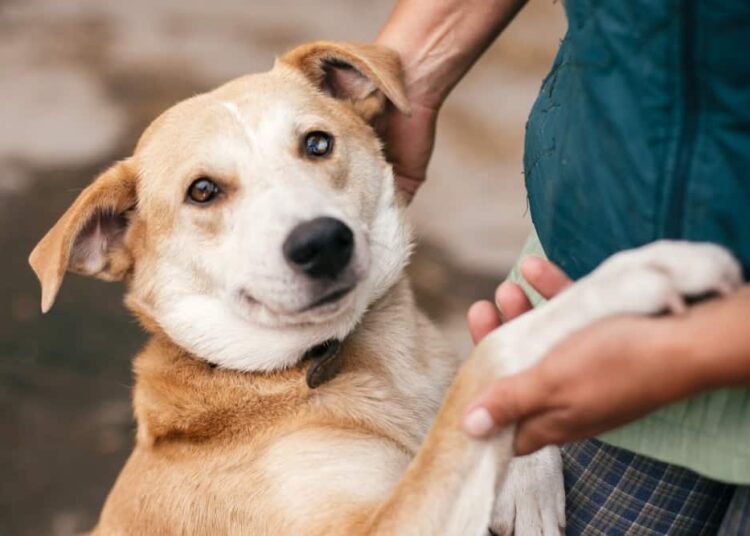The world of pet rescue is a testament to resilience, hope, and the transformative power of love. While many imagine rescue pets as broken or problematic, the reality is a vibrant tapestry of incredible animals who, through the dedication of shelters and fosters, find their way to loving, permanent homes. These rescue pet success stories are more than just heartwarming tales; they are powerful narratives that highlight the profound benefits of adoption, debunk common misconceptions about rescued animals, and inspire countless individuals to open their hearts to a companion in need.From pets who overcome severe trauma to those who simply needed a second chance after unforeseen circumstances, each adoption story is a unique journey of rehabilitation, trust-building, and ultimate joy. This comprehensive article delves into the transformative impact of pet rescue, explores the various paths animals take to their forever homes, shares compelling examples of success, discusses the ripple effect of responsible adoption, and provides essential insights for anyone considering welcoming a rescue pet into their family. Celebrating these triumphs not only honors the animals but also the incredible network of people who make these second chances possible.
The Heart of Rescue

Before diving into success stories, it’s vital to understand the journey many rescue pets undertake. These animals arrive at shelters or foster homes for a multitude of reasons, rarely due to any inherent flaw of their own.
A. Common Paths to Rescue
- Owner Surrender: This is one of the most frequent reasons. Owners may be forced to surrender pets due to:
- Financial Hardship: Inability to afford food, vet care, or housing.
- Housing Issues: Moving to places with “no pet” policies, breed restrictions, or insufficient space.
- Allergies or Illness: Developing severe allergies or a family member becoming ill.
- Lifestyle Changes: New jobs, divorce, military deployment, or simply a realization of an inability to provide adequate care.
- Behavioral Challenges: Unmanaged issues that owners are unprepared or unwilling to address.
- Stray and Abandoned: Animals found wandering, often neglected, injured, or disoriented. Some are genuinely lost, others are deliberately abandoned.
- Cruelty and Neglect Cases: Animals seized by authorities due to abuse, severe neglect, or involvement in illegal activities (e.g., dogfighting rings, hoarding situations). These animals often require extensive physical and psychological rehabilitation.
- Natural Disasters: Pets displaced and separated from their families during floods, fires, or other calamities.
- Puppy Mill/Breeding Operation Closures: Animals rescued from large-scale, often inhumane, breeding facilities. These pets may have never experienced a home environment.
- Transfer from High-Kill Shelters: Many rescues transport animals from overcrowded shelters with high euthanasia rates to areas where there’s a greater chance of adoption.
Understanding these origins helps to dispel the myth that rescue pets are inherently “damaged goods.” In reality, they are often victims of circumstance, patiently waiting for a kind hand and a safe haven.
What Rescue Pets Offer
The belief that rescue pets are somehow less desirable than those from breeders is a persistent misconception. In truth, adopted animals offer unique and profound advantages.
A. Unmatched Gratitude and Loyalty
Many adopters report that rescue pets seem to understand they’ve been “saved,” displaying an extraordinary level of gratitude, loyalty, and affection. This deep bond often forms quickly.
B. Unique Personalities and Established Temperaments
Unlike puppies or kittens whose personalities are still developing, many adult rescue pets come with established temperaments. Shelters and foster homes spend time assessing their personalities, allowing for better matching with potential families. This means you can choose a pet whose energy level, social needs, and quirks align with your lifestyle.
C. Often Health-Checked and Vaccinated
Reputable shelters and rescues typically provide comprehensive veterinary care before adoption, including:
- Spaying or Neutering: A crucial step in addressing pet overpopulation.
- Vaccinations: Up-to-date on core vaccines.
- Microchipping: Providing permanent identification.
- Parasite Control: Deworming and flea/tick prevention.
- Initial Health Screenings: Addressing any obvious medical issues.This often represents a significant cost saving for adopters.
D. Foster Home Insights
Pets from foster-based rescues often come with invaluable insights into their behavior in a home environment, including:
- House Training Status: Whether they are house-trained or what their routine is like.
- Compatibility with Children and Other Pets: How they interact with different family members.
- Familiarity with Household Noises/Routines: Helping them transition more smoothly.
- Known Quirks: Any specific habits or preferences.
E. Contributing to a Greater Cause
Adopting a rescue pet directly saves a life and frees up space for another animal in need. It actively combats pet overpopulation and reduces the number of animals in shelters.
Rescue Pet Success Stories

These are just archetypes, but they illustrate the incredible transformations possible with love and patience.
A. The Shy Shelter Dog Who Became a Therapy Animal
“Buddy” arrived at the shelter terrified and withdrawn, a victim of neglect. He cowered from human touch and avoided eye contact. Through the patient efforts of a dedicated foster family, Buddy slowly learned to trust. They discovered his gentle nature and his surprising calmness around children. After adoption, his new family continued his positive reinforcement training and socialization. Buddy’s transformation was so profound that he eventually became a certified therapy dog, bringing comfort and joy to hospital patients and nursing home residents, a testament to his innate kindness that simply needed to be nurtured. His quiet strength became his greatest asset.
B. The Overlooked Senior Cat Who Found a Cozy Retirement
“Mittens” was a senior cat, over 10 years old, surrendered after her owner moved to a nursing home. In the shelter, she was quiet, overlooked by families seeking kittens. A kind couple, specifically looking to adopt an older cat, saw her gentle eyes. They provided her with a quiet home, a soft bed by a sunny window, and a consistent routine. Mittens blossomed, becoming an affectionate lap cat who purred constantly. Her golden years were filled with warmth, endless cuddles, and the quiet joy of a loving family who cherished her wisdom and calm presence, proving that age is truly just a number when it comes to companionship.
C. The Abused Pit Bull Who Became a Community Ambassador
“Rocky,” a powerful Pit Bull, was rescued from a dogfighting ring. He arrived with severe physical scars and deep emotional trauma, displaying fear-aggression towards strangers. A specialized rescue organization took him in, providing intensive behavioral rehabilitation with a certified behaviorist. His foster family worked tirelessly to build trust. When adopted by a patient and experienced family, they continued his positive training. Rocky, once feared, became a beloved fixture in his neighborhood, demonstrating incredible patience with children and other dogs. He participated in local “Pawsitive K9 Citizen” events, becoming a living example of how love and consistent training can redeem even the most traumatized animals, challenging negative stereotypes about his breed.
D. The Tripod Dog Who Conquered Agility
“Daisy,” a lively Labrador mix, was found injured, losing one of her front legs due to an accident. Many worried she’d struggle to find a home. But a family who believed in her spirit adopted her. They worked with a veterinary physiotherapist to build her core strength and balance. Daisy, undeterred by her three legs, showed an immense zest for life. Her family enrolled her in adaptive agility classes, where she soared over jumps and wove through poles with astounding speed and joy, often outpacing four-legged competitors. Her story became an inspiration, demonstrating that a disability doesn’t define an animal’s potential for activity and happiness.
E. The Exotic Bird Who Learned to Trust Again
“Rio,” a vibrant macaw, was rescued from a hoarding situation where he received little attention or proper care. He plucked his feathers from stress and was highly wary of human hands. A dedicated parrot rescue group took him in, and then a foster parent experienced with large birds. Through consistent, gentle interaction, positive reinforcement, and a species-appropriate diet, Rio slowly began to trust. He learned to step up onto a hand and started to regrow his beautiful plumage. Adopted by a family passionate about bird welfare, Rio now enjoys a spacious aviary, interactive toys, and daily social time, his once-plucked chest now covered in brilliant feathers, a symbol of his restored well-being.
The Ripple Effect
Every successful rescue pet adoption creates a positive ripple effect that extends far beyond the individual animal and family.
A. Opening Up Shelter Space
When one animal is adopted, it frees up a kennel or foster spot for another animal in need, directly saving more lives. This is crucial in managing pet overpopulation.
B. Reducing Euthanasia Rates
By finding homes for adoptable animals, rescues and shelters contribute significantly to lowering euthanasia rates in overcrowded facilities.
C. Promoting Responsible Pet Ownership
The thorough adoption process educates new owners about the responsibilities of pet care, including financial commitment, training needs, and long-term health.
D. Inspiring Others to Adopt
Each success story shared through word-of-mouth or social media encourages more people to consider adoption, challenging outdated perceptions.
E. Strengthening Communities
Well-socialized, cared-for pets contribute positively to communities, reducing stray populations and promoting responsible interactions.
F. Supporting Non-Profit Organizations
Adoption fees, donations, and volunteer efforts directed towards rescue organizations enable them to continue their vital work of saving lives, providing medical care, and offering rehabilitation.
Your Path to a Rescue Pet Success Story
If you’re considering adopting a rescue pet, here’s how to ensure your journey is a success.
A. Be Realistic About Your Lifestyle
- Time Commitment: How much time can you truly dedicate to exercise, training, and bonding daily?
- Financial Preparedness: Can you afford food, routine vet care, grooming, and potential emergency medical expenses? Pet insurance can help mitigate this.
- Living Space: Do you have appropriate space for the pet’s size and energy level? Are you allowed pets if you rent?
B. The Right Match Matters
- Breed/Species Research: Understand the typical needs, temperament, and health issues of the breed or species you’re considering.
- Shelter/Rescue Research: Look for reputable organizations with transparent processes, good reviews, and a focus on animal welfare.
- Ask Questions: Don’t hesitate to ask about the animal’s history, behavior, and any known medical conditions.
C. Be Patient and Prepared for the Process
- Applications: Expect detailed applications, reference checks, and possibly home visits. This is for the animal’s benefit.
- Waiting Periods: It’s rarely an instant process. The right match takes time.
- Open Mind: While you may have a “type” in mind, be open to different pets whose personalities truly align with your home. Shelter staff know their animals well.
D. Prepare Your Home Environment
- Pet-Proofing: Before the pet arrives, ensure your home is safe and free of hazards. Secure toxic substances, electrical cords, and small choking items.
- Essential Supplies: Have food, water bowls, a comfortable bed, toys, a collar/leash, and initial training supplies ready.
- Designate a Safe Space: Create a quiet, cozy retreat where your new pet can decompress during the initial adjustment period.
E. Commit to Training and Socialization
- Positive Reinforcement: Use reward-based methods to build trust and teach desired behaviors.
- Consistent Routines: Establish predictable feeding, potty, and exercise schedules.
- Patience: Many rescue pets need time to decompress and learn new routines. Be patient and consistent.
- Professional Help: Don’t hesitate to seek guidance from a certified professional dog trainer or veterinary behaviorist if behavioral challenges arise. Many rescues offer post-adoption support.
F. Understand the Adjustment Period
It can take weeks or even months for a rescue pet to fully settle in and show their true personality. Provide a calm, predictable environment and manage expectations. The “Two-Week Shutdown” method is often recommended for new dogs to allow them to decompress.
G. Share Your Story
Once your rescue pet is settled, share your success story! This inspires others to adopt and helps to challenge negative stereotypes.
The Future of Pet Rescue and Adoption
The movement is continually evolving, driven by innovation and a deepening commitment to every animal’s well-being.
A. Data-Driven Matchmaking
More sophisticated AI and data analytics will enable even more precise matches between animals and adopters, based on behavioral assessments, lifestyle compatibility, and even genetic predispositions.
B. Virtual Adoption Experiences
Enhanced virtual tours of shelters and foster homes, virtual meet-and-greets, and streamlined online application processes will expand reach and efficiency.
C. Increased Focus on Behavioral Rehabilitation
More resources and specialized programs dedicated to rehabilitating animals with trauma or significant behavioral challenges, increasing their adoptability.
D. Community-Based Foster Networks
Expanding foster programs to provide more animals with the benefits of a home environment while they await adoption, reducing shelter stress.
E. Education and Outreach
Broader public education campaigns aimed at responsible pet ownership, preventing surrender, and promoting the “Adopt, Don’t Shop” message.
F. Support for Owners Facing Hardship
Proactive programs to help owners keep their pets during financial crises or housing instability, preventing surrenders to shelters.
G. Global Collaboration
Increased international collaboration to address issues like illegal wildlife trade and large-scale animal rescue from disaster zones.
Conclusion
Every rescue pet success story is a powerful testament to the unwavering hope and profound love that defines the world of animal rescue. These narratives shatter misconceptions, reveal the incredible resilience of animals, and underscore the deep joy that comes from offering a second chance at a loving home. From the shy dog who becomes a loyal companion to the overlooked senior cat who finds comfort in their golden years, each adoption enriches lives and strengthens the very fabric of our communities.
By choosing to adopt, you’re not just gaining a pet; you’re becoming an integral part of a larger movement that saves lives, promotes responsible pet ownership, and celebrates the boundless capacity for connection between humans and animals. Let these stories inspire you to open your heart and perhaps even write your own rescue pet success story. The world is full of deserving animals waiting for their second chance – and their forever family.








